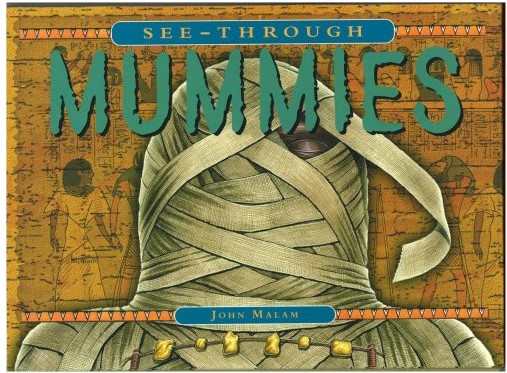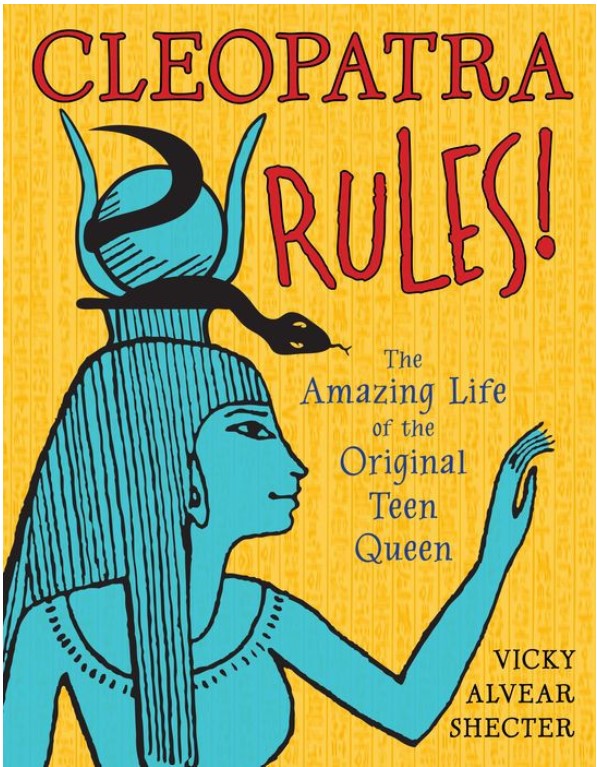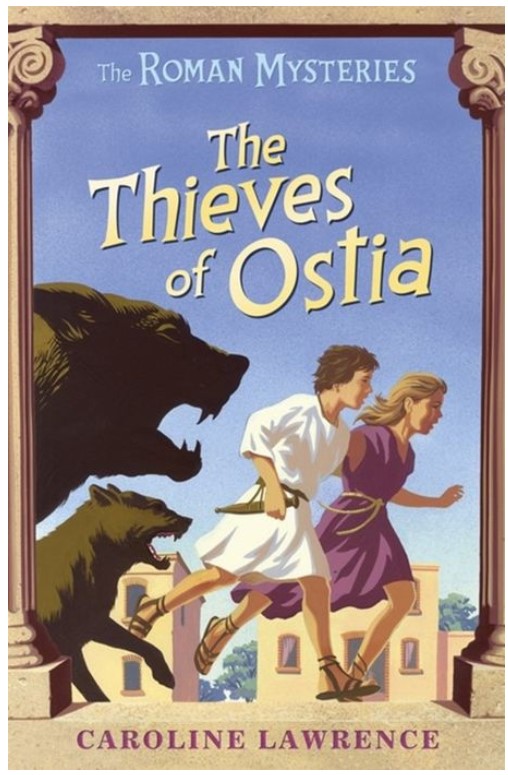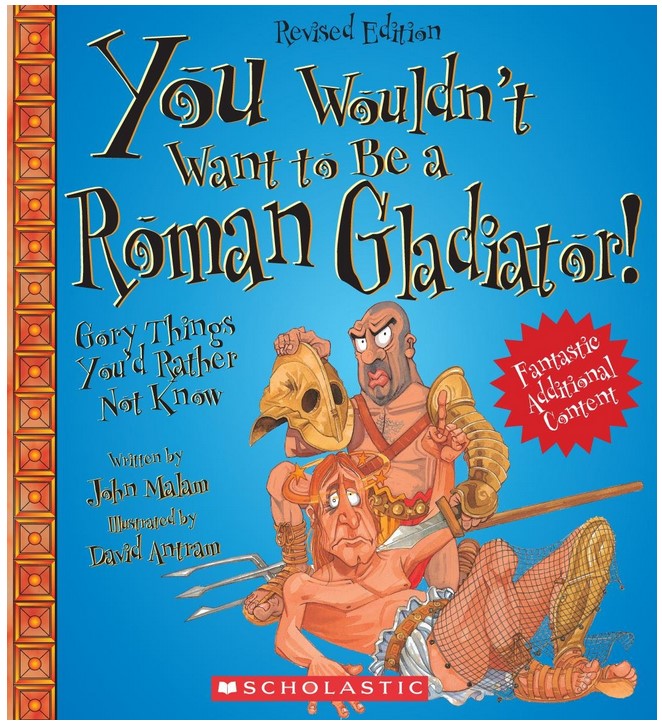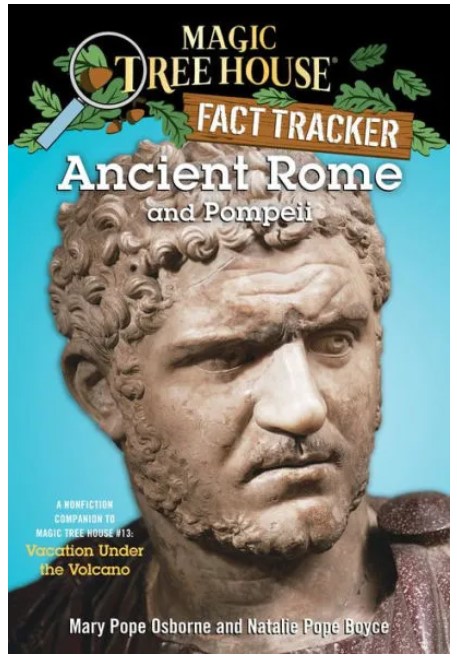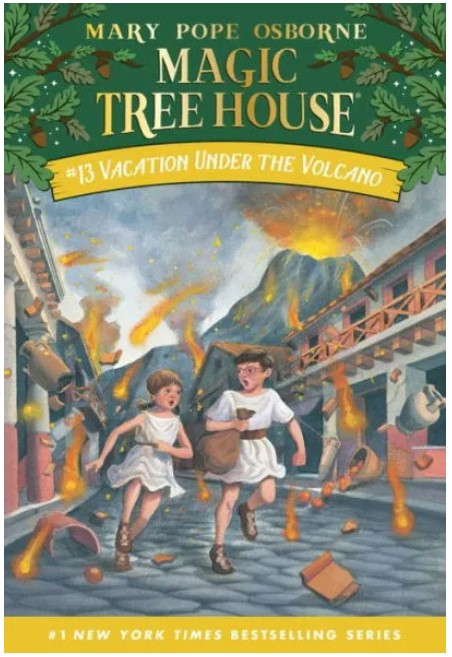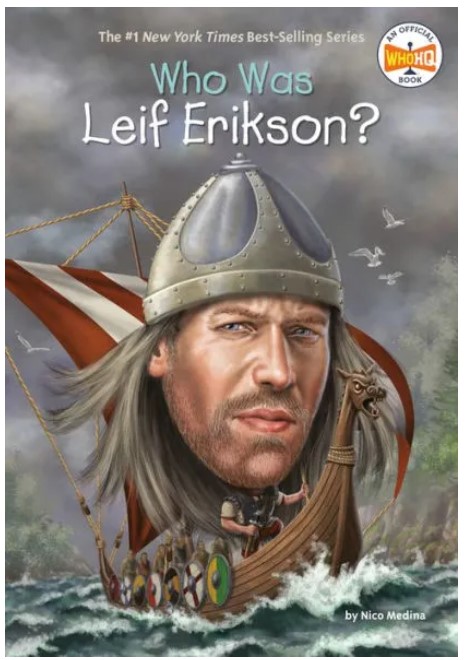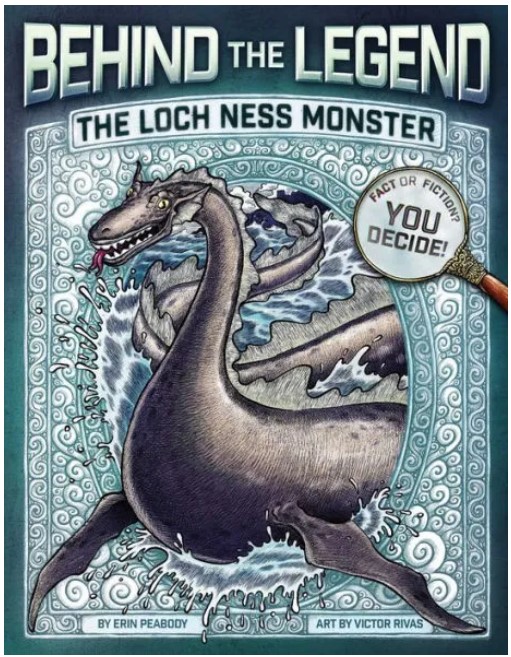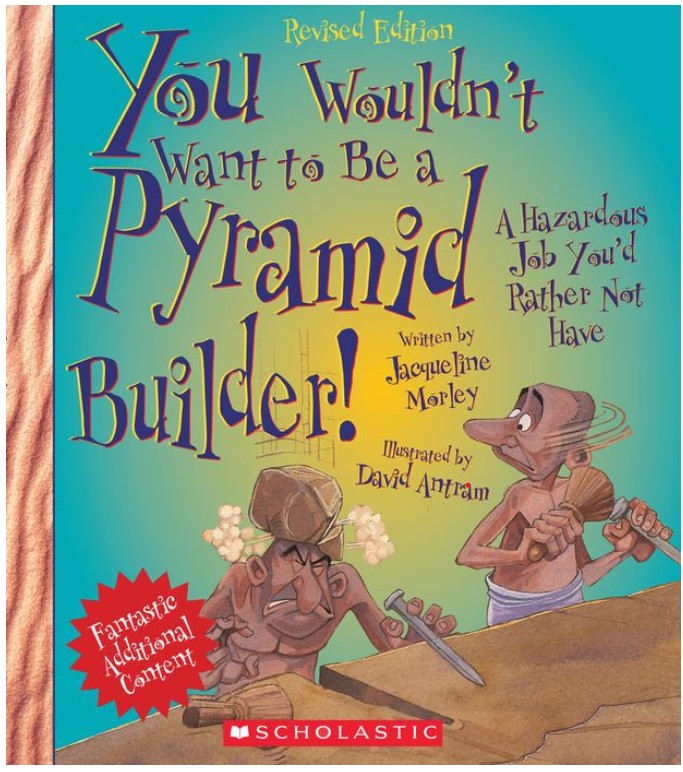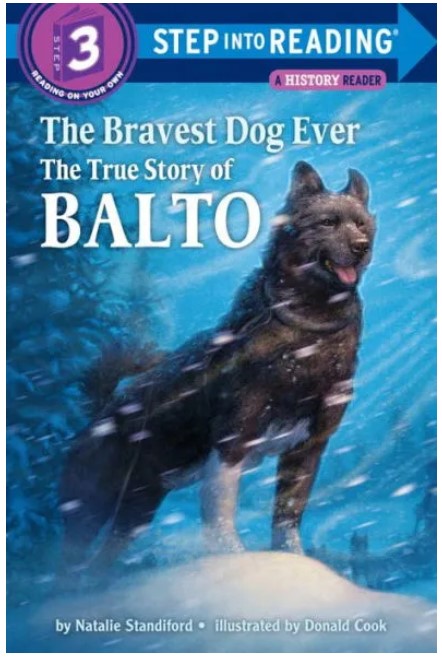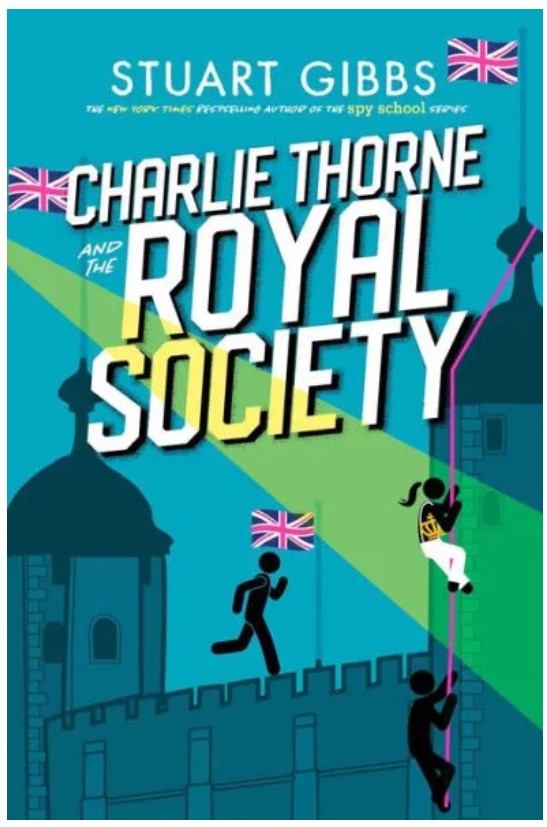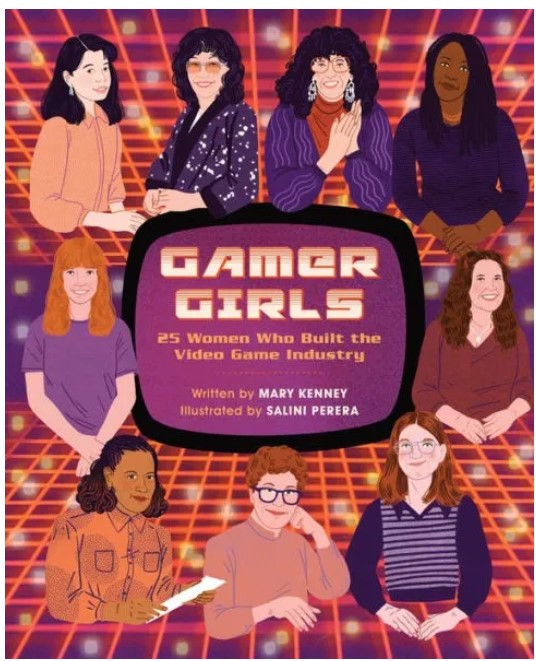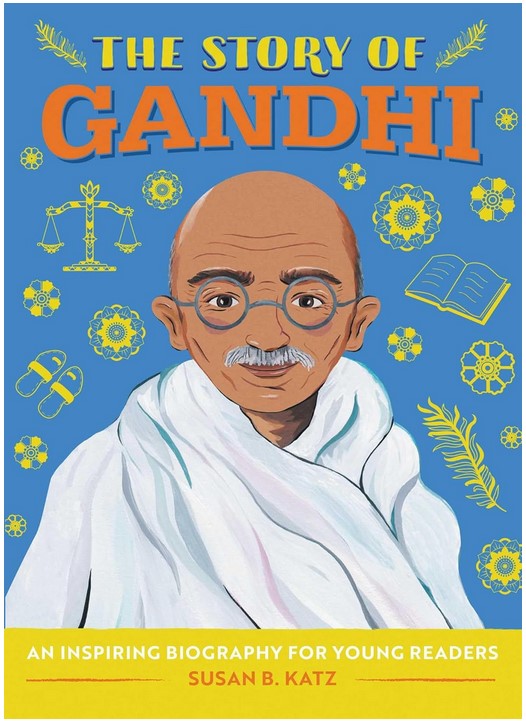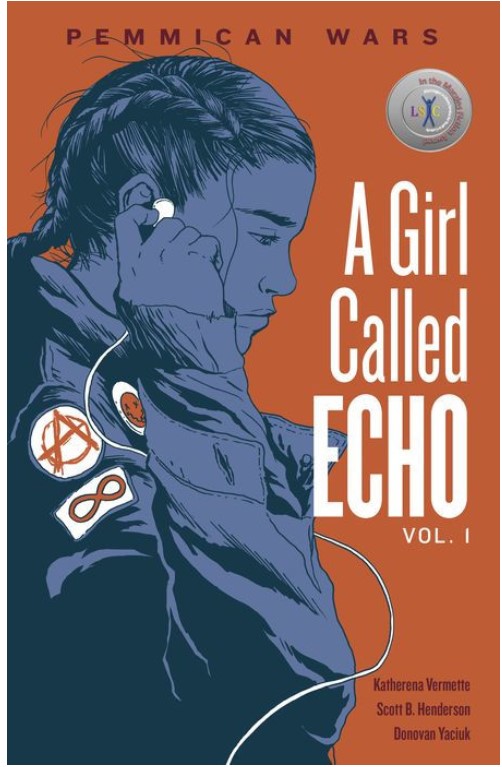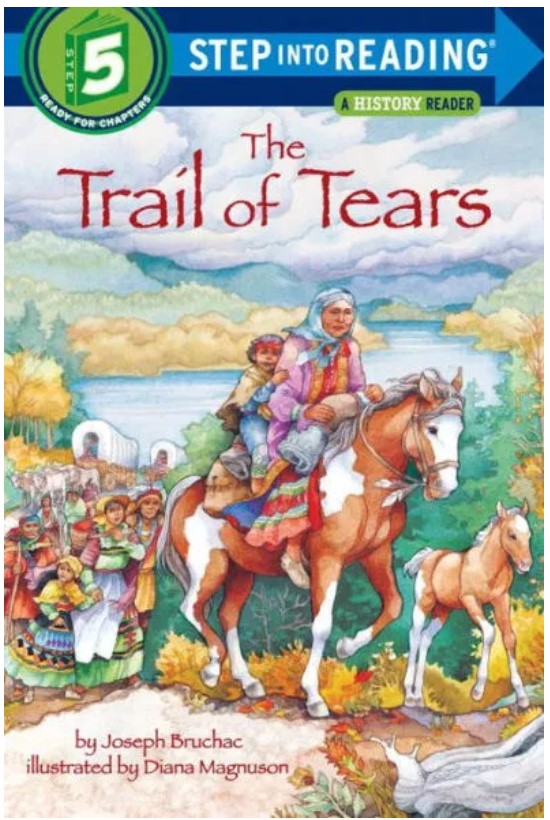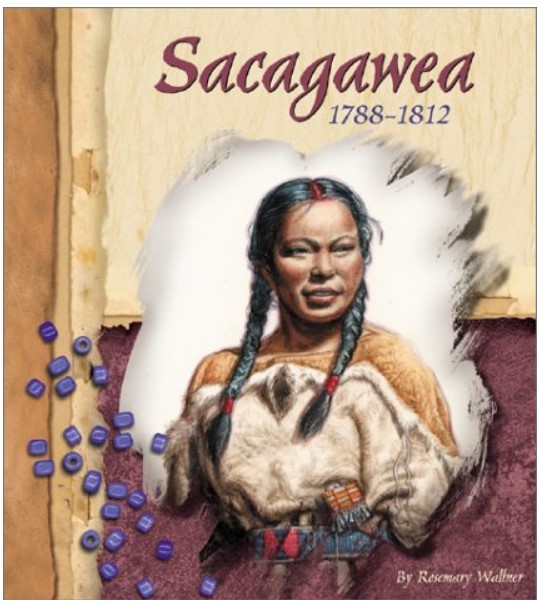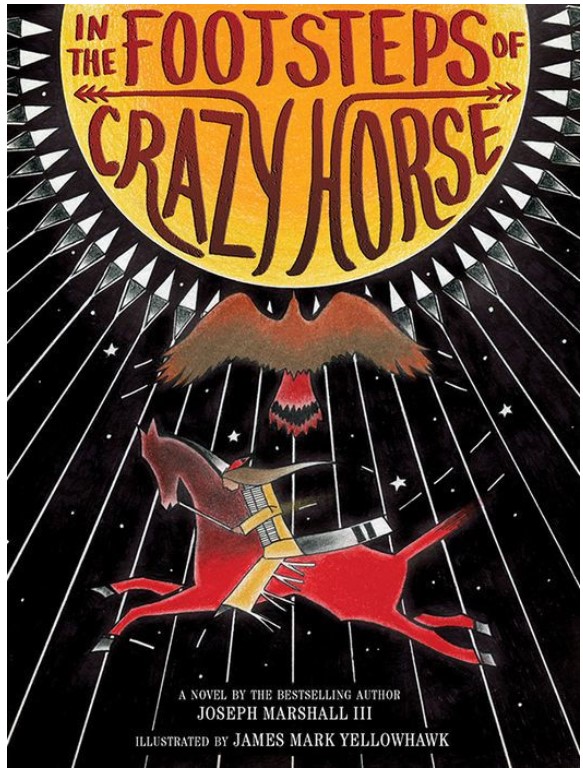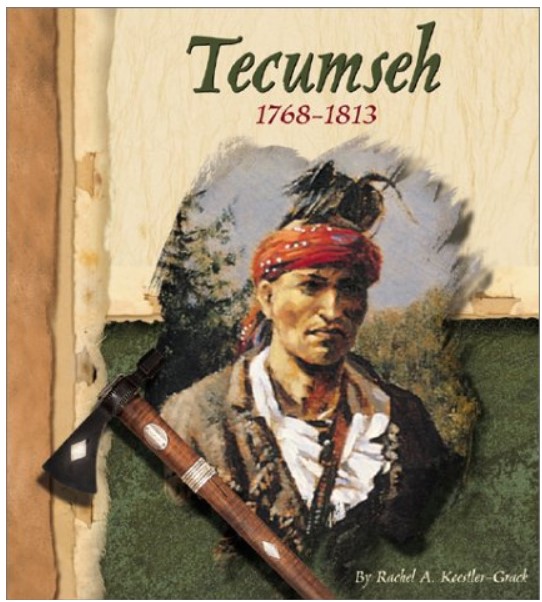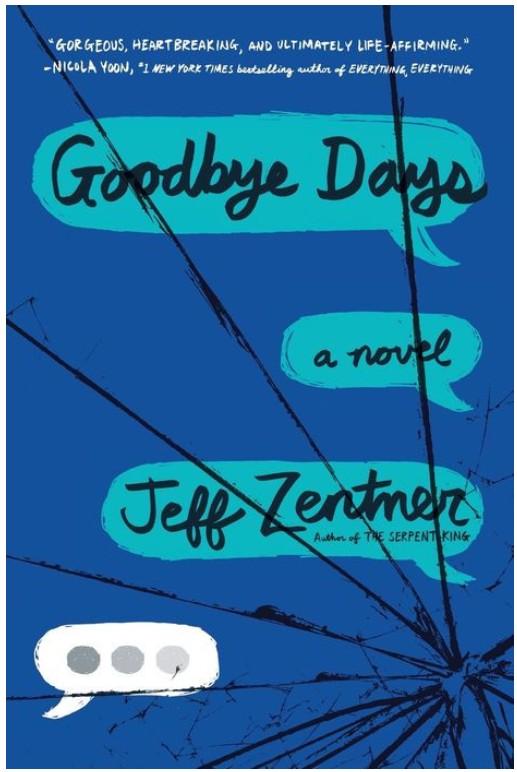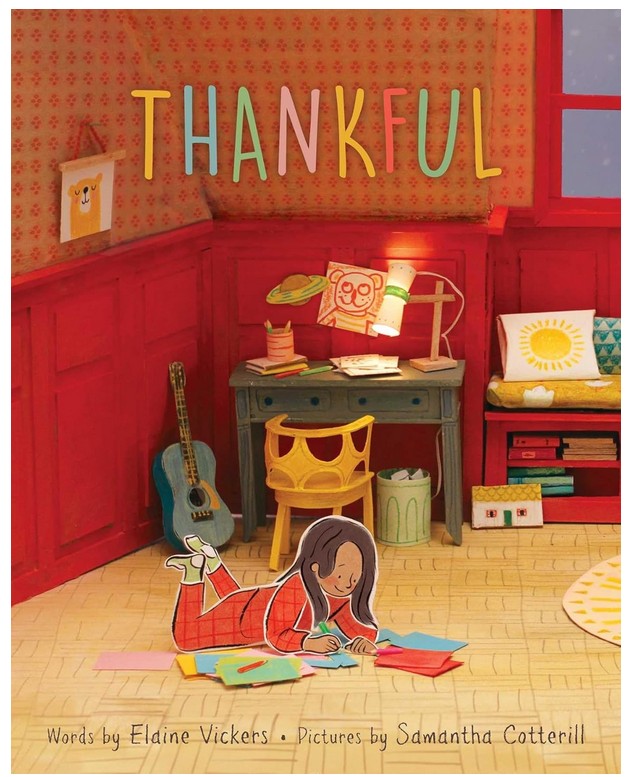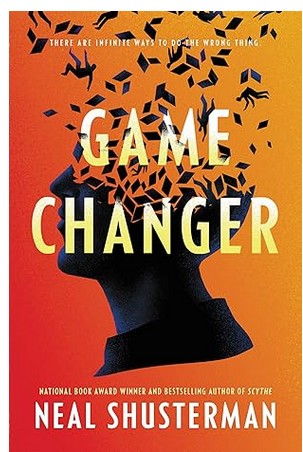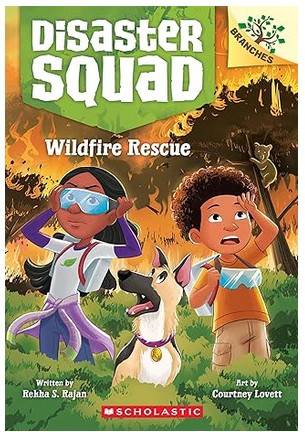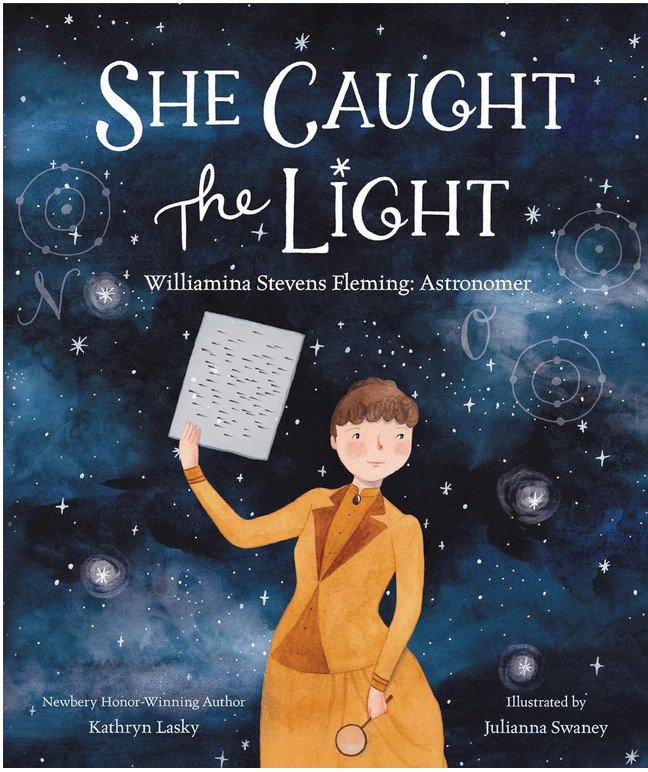Is any city as beloved as Paris? People who live here revel in a culture that is both ancient and yet has changed with each wave of new arrivals. People who don’t live here have made it one of the world’s most popular tourist destinations, with beautiful buildings, romantic vistas, and a one-of-a-kind sense of place. Inside, read how Paris has changed over the centuries, how the city shapes modern France and Europe, and how visitors can make their Parisian dreams come true.
Major World Cities travels the globe to bring readers the up-close story—from yesterday to today—of the people, sights, sounds, and achievements of key urban centers. This series is the ultimate city travel guide.
Major World Cities: Paris takes an in-depth look into the city’s history by breaking down information into super-short sections. Each page has blocks of information typed in large font and placed into different-colored boxes to help readers distinguish when a topic changes. In addition, each page has one or more full-color graphic elements, including artwork and photographs. Each page has two to four paragraphs; however, the wide variety of topics may overwhelm some readers. Some words appear in bold text and are defined in the book’s glossary. Nevertheless, the complex sentence structure and advanced vocabulary make Paris best suited for strong readers.
Anyone interested in Paris will find Major World Cities: Paris an interesting nonfiction book with a pleasing format. To show a change of topic, each page uses white and yellow boxes with large headlines. Most illustrations also have a one or two sentence caption that gives additional information. The book contains 18 two-page spreads describing Paris’s culture, religion, education, architecture, and other interesting topics. In addition, there is a map of the city, a timeline, and a glossary.
Major World Cities: Paris is the perfect book for anyone who wants to research Paris’s past and present. Because the book covers so many topics, readers will find other fascinating topics to explore. For example, Parisians are diverse people who enjoy designer clothes, fine foods, and wine. Paris was also the home of many important historical people, such as Marie Curie, Napolean I, and Edith Piaf. Major World Cities: Paris will expand readers’ knowledge about this city known for its romance.
Sexual Content
- None
Violence
- In the 19th century, “murderers and other major criminals were executed in this square.”
- The Vikings “repeatedly attacked Paris, killing people, looting, and burning homes.” There is a black-and-white illustration of a raid, but no people are shown.
- The Roman Catholics and Huguenots fought in the Wars of Religion. Henry IV “had to become a Catholic before he was allowed into Paris in 1594, but he was later assassinated by a Catholic.”
- A two-page spread explains the French Revolution that started when “a mob stormed the Bastille prison in Paris. . . Louis XVI and Marie Antoinette were guillotined in 1793. The following year became known as the Reign of Terror when opponents of the new government were killed.”
- When Attila the Hun was heading to Paris, a nun named Genevéve “urged the people of the city to pray for help. According to legend, she then had a vision in which Attila turned away from Paris. He really did so, and the amazed Parisians believe that Genevéve’s prayers had saved them.”
- In 2015, “a group of Islamic terrorists committed a series of attacks that in a few days terrorized the city. They stormed into the offices of a French satirical magazine. . . and killed eight people. Then they killed a police officer. . . Four hostages died, as did the gunmen.”
- In 2015, a terrorist attack “took the lives of more than 120 people. Gunmen and suicide bombers sent by the ISIS group. . . carried out multiple attacks on the city, including strafing restaurants, setting off explosions near a soccer match. . . and capturing a concert hall and killing nearly 100 people, some execution-style.”
Drugs and Alcohol
- “Parisians drink wine, often French wine, with most meals.”
Language
- None
Supernatural
- None
Spiritual Content
- After the Franco-Prussian War, Roman Catholics built the Sacré-Coeur Church “as a token of thanks to God that Paris was not totally destroyed.”


